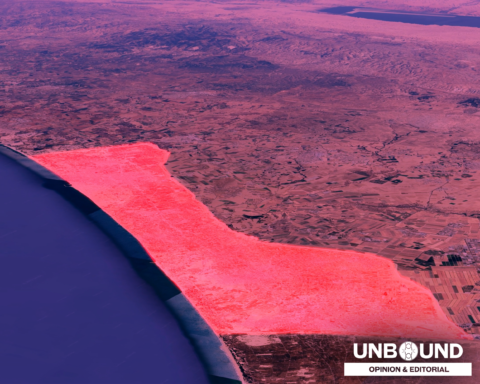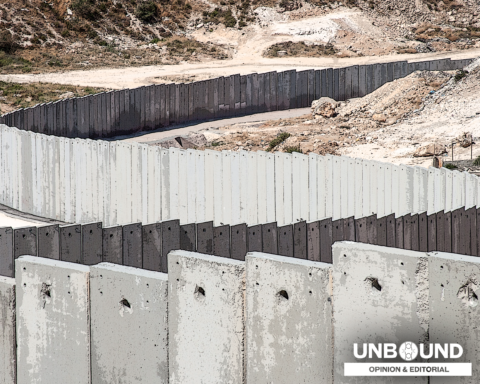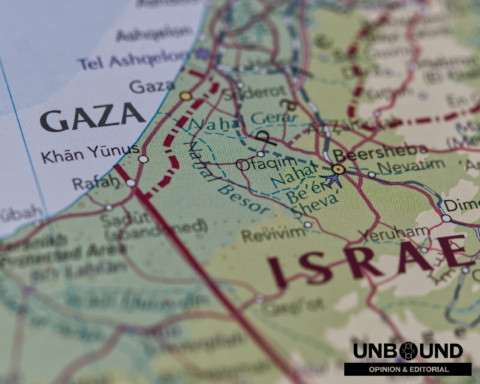Mosaic of Peace 2018, Day 2
What is in a name? It depends on the name.
Our identity, our history, our future, our value—all the pieces that help form the narrative of who we are—are tied to names.

When we name our children, when we name our friends, when we name the places most special to us, a narrative of our lives begins to take shape. We then begin to think about the specific details that make the story ours. Do we live on a street or a Boulevard; is our family from the shore or the beach, do we live in a house, a flat, or a brick Tudor style home?
The name we choose for these things perhaps says more about us than about them.
In Hebrew, “Jerusalem” translates as City of Peace. The concept and nature of peace is in its very name, and yet throughout her history, City of Peace comes with siege and destruction, diaspora and resettlement, hate and hope. It comes with ancient communities long since scattered and long-standing faith traditions that made Jerusalem their home. Her walls have been razed and raised up in the name of Ha Shem (a name that has become more specific as Adonai, Allah, Creator, Redeemer, Sustainer. The followers of these specific names have been both oppressed and oppressor throughout their time in the city of peace, and yet they all followed Ha Shem, “the name” that continues to be named.
In the city of peace, do you visit The Temple Mount and The Western Wall, the sacred sights of the Jewish tradition? Or do you visit Haram Al Sharif – the area housing the Dome of the Rock and Al Aqsa Mosque? It depends on your tradition, as they are the same place. Holy Ground for the the holy people of Ha Shem, whether called Allah or Adonai, Creator, Redeemer or Sustainer.
___________________________________________
Yad Vashem literally roughly translates as “hand/arm and a name.” To me, this means: “hold all the names in your hand, carry them with you, for every name is precious.”
___________________________________________
The Name of a places complicates and scatters as much as it brings people together. Today we saw this complicated nature, as Christians looking for our identity while seeing our brothers’ and sisters’ reality. When we as Christians can pray when we can observe as guests in the house of Ha Shem. When we can tell the whole story, or only the pieces that apply to our context. As one delegation member said, I embraced my Christianity as I walked down the Mount of Olives, because it is there that Jesus wept and it is there the disciples fell asleep. I pray as I weep that I can stay awake to what is going on around me and to bring about peace.
The final stop of the day was Yad Vashem, the Holocaust museum on top of Mt. Hertzler. It is a place that has serenity amidst the darkness of the passed. Yad Vashem literally roughly translates as “hand/arm and a name”. To me, this means: “hold all the names in your hand, carry them with you, for every name is precious.”

When you exit the museum, you are confronted by a beautiful vista where, in progress, six million trees have been or will be planted. A smaller space has been set aside where trees have been planted for each person who saw the Holocaust for what it was and worked to save Jews from the Nazis. They are called Righteous Among the Nations…and 2000 trees were planted before they switched to writing names. The memorials at Yad Vashem are beautiful, and peaceful. Such beauty to come from such tragedy. So many names of people and places…the Victim and the Survivor and the Righteous and even the Perpetrator.
May we be reminded that when we fail to name actions of injustice and horror for what they are—or when we fail to name and protect the vulnerable among us—then the whole story is lost. When the story from all people is shared, it is maybe then that we find Ha Shem, find the God of Peace, in the walls of her city.
***
The Mosaic of Peace trip is part of the ministry of the Presbyterian Peace Program. It brings members and partners of the PC(USA) from a variety of backgrounds to Israel-Palestine in order to “experience this remarkable and troubled region, encounter its diverse people, explore its rich history and complex current situation, and engage with those who seek its peace.”
This blog entry was contributed by gretchen* Sausville, as part of our effort to bring back and share the stories of Mosaic of Peace 2018. The pictures, both of Yad Vashem, were taken by Amir Zahoor. The full blog is co-hosted by Unbound and by the Presbyterian Peacemaking Program.
*gretchen prefers the lowercase spelling, as her name appears this way on her birth certificate.





Unbound Social